2005 Mitsubishi Lancer

| The Good: – Competitive pricing – Good build quality – Comfortable ride |
The Bad: – Featureless interior – Weak engine choices – Needs stronger brakes |
Introduced during the 2002 model year, the compact Mitsubishi Lancer was redeveloped from the ground up. The new car highlighted a new level of refinement for Mitsubishi economy cars, and set it up as a credible contender to the Corolla and Civic. For 2004, the boring front end was redesigned along with other minor revisions.
Two versions of the Lancer are officially offered in the region. The entry-level model is the rather basic 1.3-liter GL, while the higher model is the 1.6-liter GLX. Mitsubishi offers various other Lancer models in American and European markets, with 2.0-liter and 2.4-liter engines, in sedan and even wagon trims. Sadly, local buyers have to be content with the weaker economy models offered here. The muscular all-wheel-drive Evolution models are a completely different story and need not be mentioned in the same breath as the basic Lancer. Both 1.3-liter and 1.6-liter models are offered with either a 5-speed manual or a 4-speed automatic gearbox. There is apparently also a gearless CVT transmission available in many Middle Eastern markets for the 1.6-liter model, which drives like an automatic, but has no actual gears and therefore no shift shock.
Mitsubishi claims that the Lancer’s styling is European-inspired. The sedan’s cab-forward profile incorporates a high roofline on a comparatively long wheelbase. The fender lines are relatively high, and sharp edges blend with soft curves. The turn signals are mounted on the front fender, and the grille is in the shape of two triangular plastic nostrils in black. Aerodynamic wraparound headlights have a multi-reflector surface, and the low bumper has a large opening for additional airflow into the engine compartment. It looks fairly aggressive, with wheels pushed to the edges of the boxy body, which makes for an odd profile when combined with the steeply raked windshield. The hood has stepped cut-lines and the back end is highlighted with unique transparent tail-lights.
The Lancer gets 14-inch wheels and plastic hubcaps, while 15-inch alloy wheels and sunroof are optional. On the safety front, front airbags and ABS brakes are standard on the higher model and optional on the base sedans. Power windows, power mirrors and a basic radio cassette stereo are available, but not much else. We are not sure what other options might be available since we were nearly ignored at the somewhat busy dealership, even though we went in posing as normal customers. They did not even have a brochure available. Maybe young folks like us are not taken seriously, even though many in our generation are able to afford cars far more expensive than any Mitsubishi. We finally ended up testing nearly new examples belonging to acquaintances and found out some other facts from the company’s head office.
Five people fit inside the Lancer. A low instrument panel and belt line help with visibility, and a high hip point for the seats should ensure easier entry and exit. Visibility is also helped by the large windows and narrow pillars. Seating surfaces seem to be made of a durable cloth. The front seat features firm seats and ample space, but a little more side bolstering as well as padding would’ve made them more comfortable during cornering. The dashboard material looks and feels pleasant, although the flat design is reminiscent of a big ugly pickup interior. All buttons are of a high quality, except for the flimsy a/c knobs. The stereo is rather basic, with a manual antenna and no CD player. The gauges are easy to see in the daytime but aren’t quite bright enough at night. There are two cup holders between the front seats, but they all only hold one size of cups. Only the passenger sun visor has a mirror. Rear-seat headroom is just about enough for tall people, but legroom is adequate only when the front seats are not pushed all the way back. In fact, the Lancer is surprisingly spacious given its wedged profile, but is not as large inside as the balloon-like Corolla. Luggage boot space is good, but the lid hinges and oddly-shaped rear tyre bulges intrude into useable space. One good feature is the 60/40 fold-down rear seat to carry larger items.
Build quality is very good, matching a lot of the top Japanese competitors, with well-fitting body panels and doors that close with a nicely-muffled sound. However, we question the durability of the soft rubber seals around the doors, the plastic around the shifter and the strength of a few exterior plastic pieces.
The 1.3-liter, 16-valve four-cylinder engine in the GL develops 90 hp and 114 Nm of torque. A five-speed-manual transmission is standard, and the optional four-speed automatic has adaptive shift control. The 1.6-liter four-cylinder engine goes into the better-optioned GLX sedan. This larger engine develops 122 hp and 153 Nm of torque. The GL struggles with the 1.3-liter engine, especially when overtaking, and has to be revved quite high in order to get a good running start when merging with highway traffic. In contrast, the 1.6-liter engine can handle the strain of daily driving with more ease. The GLX is by no means very quick, but is suitable for most driving highway driving conditions, especially with the manual transmission. Peak torque comes up at about 4000 rpm on both engines, which means both engines need to be constantly revved high for decent acceleration. The manual offers good shift feel, but the nature of the clutch may make it hard to complete gear changes smoothly. The optional automatic gearbox is a smooth shifter, but robs a noticeable amount of power from both engines. Engine buzz is obvious at high rpm, but the Lancer is as quiet as most Japanese four-cylinder cars.
The four-wheel-independent suspension uses front struts and a rear multilink configuration. The Lancer is not the kind of car that stands high in the sporting crowd. Despite its motorsports heritage, the “normal” Lancer lacks the total confidence that defines the Lancer-based Evolution rally car. But it is wholly satisfying as a small family or commuter car. Handling is adequate as the Lancer corners easily at normal speeds, but some drivers may prefer more tenacity in turns. Choppiness is minimal but not completely absent. The thin tyres squeal like dying rats when a roundabout is taken at above-average speeds.
Brake pedal feel is good, but braking performance itself is somewhat lacking. With small discs up front and drums at the back, coming to a quick stop requires nearly flooring the brake pedal. In comparison, a Civic brakes with less pedal pressure in similar situations. The ABS system is a must to effectively stop this car in an emergency, given the skinny tyres.
In the end, we definitely recommend the Lancer. It is almost as good as models from Toyota and Honda, at a slightly lower price. It has heavily improved over previous versions of the Lancer from five years ago, with a more upscale feel externally, even though the interior is very bare in terms of features. Still, it is a good buy indeed for the average commuter and young family man.
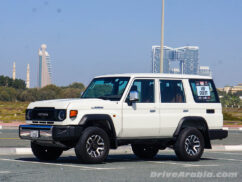
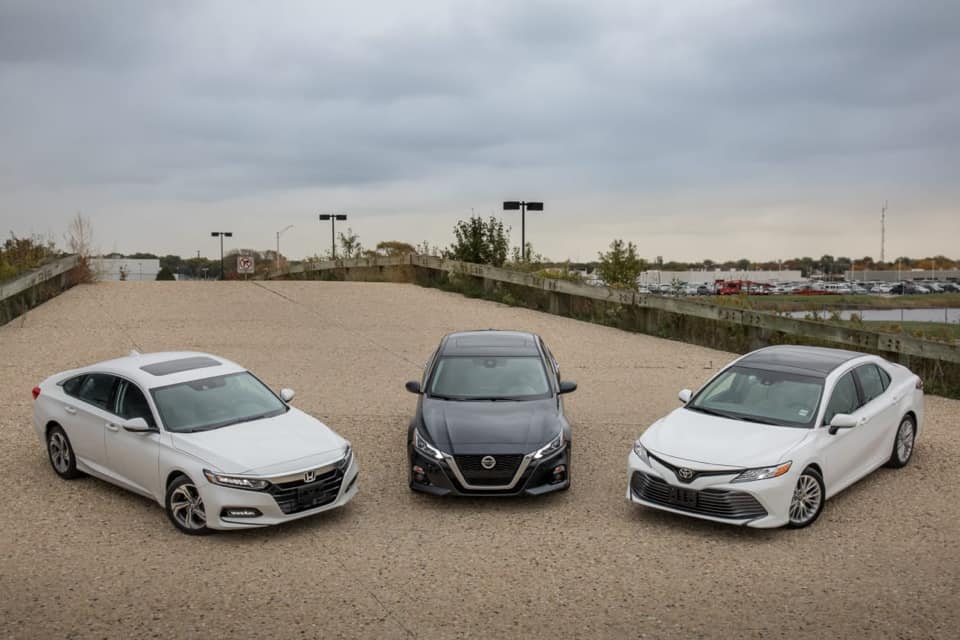
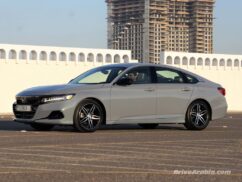
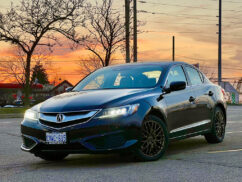
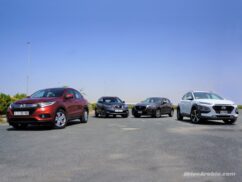

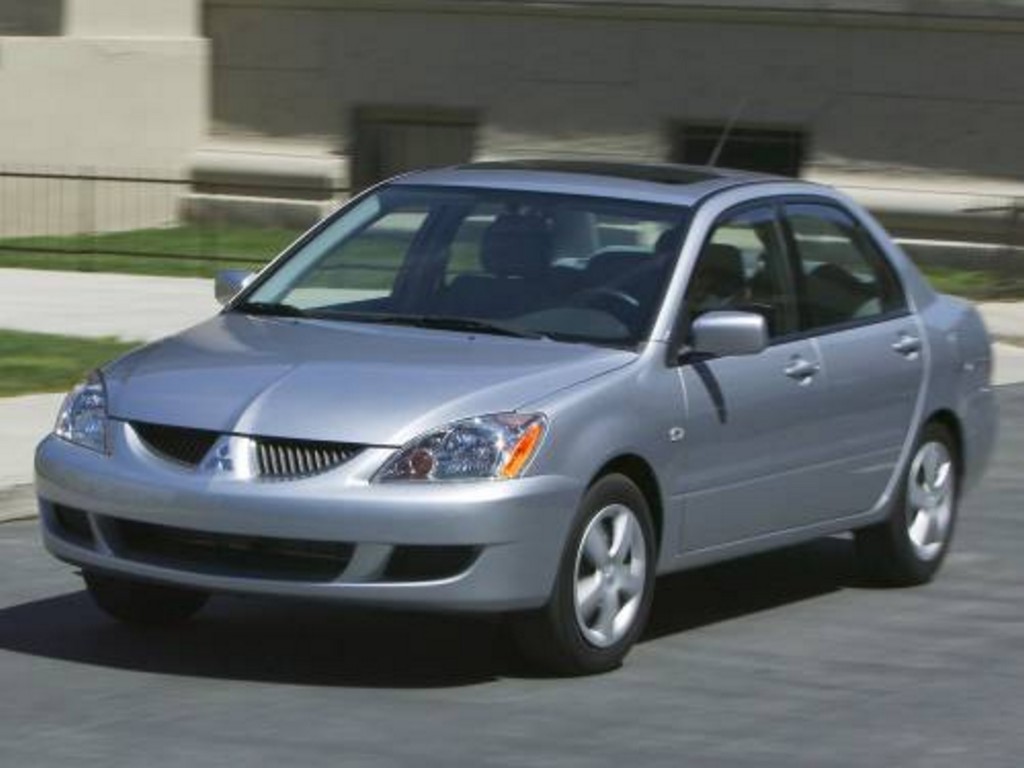

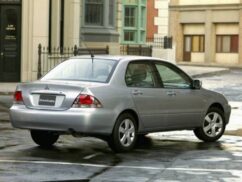

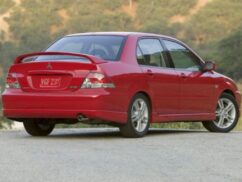

Comments
raza
i am looking to buy a cheap monthly payment cars
please guide me which is the best option